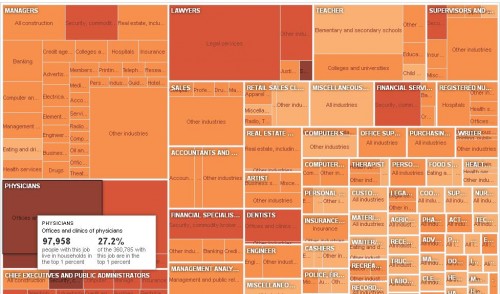 In an interesting example of cultural borrowing/appropriation sent in by Catherine H., the Korean all-girl pop band T-ara imitates stereotypes of American Indians in their music video for their (strangely catchy) song, YaYaYa.
In an interesting example of cultural borrowing/appropriation sent in by Catherine H., the Korean all-girl pop band T-ara imitates stereotypes of American Indians in their music video for their (strangely catchy) song, YaYaYa.
It’s difficult (for me) to know how these stereotypes of native North Americans “work” in Korea. It appears to mean something to Koreans, otherwise why use the imagery and narratives, but what? And how should Americans who oppose the stereotyping (and erasing of modern) Native Americans talk about this “borrowing”?
To get some perspective, I turned to James Turnbull. Turnbull is behind the blog, The Grand Narrative, where he writes about Korean Sociology through the prism of pop culture. This is what he had to say:
First, please note that T-Ara’s Yayaya is actually just one of several recent Korean music videos that have used Native-American imagery, and by no means the most offensive at that. For a list, see here, which points out that Indian Boy by MC Mong is much more problematic.
Second, so many Korean groups are being formed these days – over 30 new girl-groups in 2011 alone – that their management companies (most well-known Korean groups are completely “manufactured”) are in a constant battle to gain media attention for them. One way to do so is to regularly come up with new “concepts” for the group, of which a “cute” one incorporating Native-American imagery is just one possibility of many.
But thirdly and most importantly, it is no exaggeration to say that Korea is one of the least politically-correct societies out there, particularly in the ways in which non-Koreans are represented in popular-culture.
Often, this is completely innocent, most Koreans being ignorant of the connotations of Blackface for instance, or the passions Nazi imagery arouses in Western countries, to the extent that both are regularly found in popular culture and advertising. Indeed, I was especially struck once by reading of university students performing in Blackface at a festival because they thought Black audiences would like it, and would appreciate the interest in “their culture”. As the person who saw this wrote, this was not “offensive” per se, but it was certainly shocking.
Alternatively however, the ignorance can be willing. For example, last year the the Korean Overseas Information Service (KOIS) part of the Ministry of Culture, Sports and Tourism, produced an expensive “Visit Korea” ad which played on the likes of CNN and BBC World and so on, but which relied so heavily on patronizing stereotypes of non-Koreans that it would likely have put off more potential tourists than attracted them. Non-Koreans in the KOIS were consulted in the making however, and did warn the producers of this, but unfortunately their advice was rejected, either because a) Korean advertisers are notorious for producing things that would appeal primarily to Koreans, despite the actual target audience, and/or b) it didn’t jibe with the advertisers’ perceptions of non-Koreans and their wants or needs. (Both are persistent problems with Korean tourism advertisements.)
Finally, for the source of those perceptions, consider Korea’s extremely exclusionary “bloodline”-based nationalism andextremely homogenous population (less than 3% of Korea’s population are “foreign residents”, a third of which are ethnic Koreans from China). Consequently, Korean society is really only just beginning to grapple with the concept of multiculturalism, albeit with much urgency because of the sudden huge influx of brides from Southeast Asia in the last decade or so, with the populations of many rural communities close to becoming a third or even half non-ethnic Korean. Certainly, a great deal of progress has been made in integrating them and acknowledging what their cultures have to offer, but when Korean school textbooks extolled the virtues of being an ethnically homogenous society until as recently as 2006 (and see here for how Blacks and native-Americans were portrayed in school picture dictionaries at that time), then I’m sure you can appreciate that much still remains to be done to prevent prejudice against them, especially in how non-Koreans and cultures are portrayed in the media.
Which to be fair, nobody outside of Korea was at all concerned with until K-pop became popular!
Thank you, James!
We’re happy to hear your thoughts in the comment threads. The video:
Lisa Wade, PhD is an Associate Professor at Tulane University. She is the author of American Hookup, a book about college sexual culture; a textbook about gender; and a forthcoming introductory text: Terrible Magnificent Sociology. You can follow her on Twitter and Instagram.














